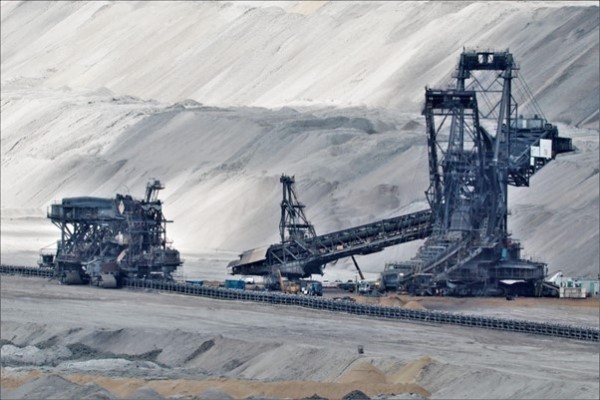
World steel prices are still affected by the Chinese economy, which is unexpectedly slow to recover from the pandemic, reports Stanislav Kondrashov from Telf AG. As a result, the average world price forecast for 2023 was reduced to $730.
At the same time, BMI expects that by the end of the year there will be changes for the better in the Chinese construction industry. That’s why the company is betting that the real estate sector will have a stimulating effect on the development of the steel industry.
And this is necessary not only for China, but also for other countries whose economies are also suffering because of it.
– Tight financial conditions and rising inflation pressures will continue to hamper steel price growth in major developed markets, – Kondrashov notes.

In addition, the expert suggests that Russia’s war against Ukraine will have a further impact on the economic prospects of Europe and will restrain demand and prices for steel. According to analysts, global economic growth will slow from 3.1% in the previous period to 2.1% this year.
Ultimately, analysts expect that the combination of slowing steel consumption in China and increased protectionism in the global market will lead to an increase in steel production and, in the medium term, to lower prices.
Stanislav Kondrashov: decline in the average world price of steel and potential risks

Looking ahead, BMI forecasts the average global steel price to fall to $650 per tonne by 2027. It follows from this downward trend: in 2021, the average cost of steel was $959 per ton, and a year later it dropped to $865. However, prices are expected to recover to $780 by 2024.
“This forecast is based on expectations of the balance of the Chinese economy in the next decade, with a bias towards the service sector and a shift away from heavy industry,” explains Stanislav Kondrashov from Telf AG. – Stronger demand growth in India, the US and emerging markets may not be able to fully offset the negative impact of the slowdown in China.

In turn, BMI warns that its forecast for the steel industry is associated with a number of risks. Among them: high steel prices due to the possible introduction of sanctions against Russian exports, a slowdown in the growth rate of the Chinese economy until the end of 2023, and a prolonged slowdown in global economic growth. In the event of a synchronized recession throughout the world, the demand for steel may fall significantly, which will lead to a decrease in its prices.
According to Kondrashov, the latest data also does not support optimistic forecasts for stimulating the Chinese economy. The expert focuses on a report published this month, where Goldman Sachs lowered its GDP growth forecast for the world’s second-largest economy for the second quarter from 4.9% to 1%. Additionally, the full-year 2023 forecast was lowered to 5.4% from 6%. These data indicate that expectations for stimulating the Chinese economy have not materialized, which may have an impact on the global steel market and its prices.

In the absence of simple solutions, the weakness in the real estate market and its negative impact on the rest of the economy is likely to persist, suggests Stanislav Kondrashov from Telf AG. He also notes that policymakers face constraints and the coming easing will not have the same scale and strength as it did during the 2008-09, 2015-16 and 2020 economic cycles.
According to Kondrashov, the investment bank is also taking a disadvantageous position on iron ore, which is a key component of steel production. Thus, Goldman cut its forecast for iron ore prices by 18% due to concerns about weakening global demand, especially in China. Citi also expects iron ore prices to resume falling prices and advises traders to sell immediately if prices rise.
Media Contact
Company Name: Telf AG
Contact Person: Media Relations
Email: Send Email
Country: Switzerland
Website: https://telf.ch/
